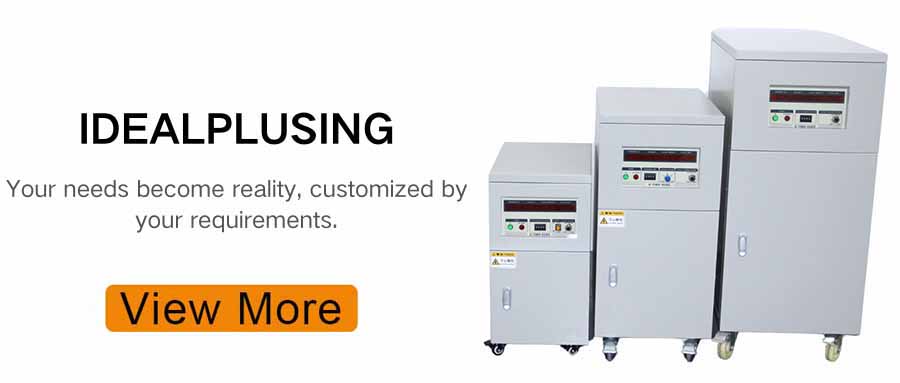In modern industrial production and automated control systems, frequency converters (FDs) play a crucial role as key power electronic devices. They not only regulate the speed and output power of AC motors but also achieve energy conservation, consumption reduction, and improved equipment operating efficiency. Therefore, they are widely used in various mechanical equipment such as fans, pumps, compressors, and machine tools. So, why do we need frequency converters? And how do we adjust their speed?
Why are frequency converters needed?
The main reasons for needing frequency converters are as follows:
1. Energy saving: Frequency converters adjust the motor's power to achieve variable speed operation, thereby achieving energy savings. Especially in equipment such as fans and pumps, traditional speed control methods regulate airflow and water flow by adjusting the opening of inlet or outlet baffles or valves. This method has high input power and high energy consumption. With frequency conversion speed control, if the flow requirement decreases, the requirement can be met by reducing the pump or fan speed, significantly reducing energy consumption.
2. Motor Protection: Frequency converters can reduce voltage fluctuations in power lines, preventing equipment tripping or abnormal operation caused by voltage anomalies. Simultaneously, frequency converters can reduce wear between transmission components in machinery, extending equipment lifespan. Furthermore, frequency converters have a soft-start function, with the starting current starting from zero and the maximum current not exceeding the rated current, reducing the impact on the power grid and the demand on power supply capacity, and also extending the service life of equipment and valves.
3. Improved System Stability: Frequency converters can reduce reactive power loss and increase the effective power of the power grid. At the same time, their control functions are very comprehensive, allowing them to work well with other control equipment to achieve centralized monitoring and real-time control, improving system stability.
4. Convenient Speed Adjustment: Frequency converters easily achieve forward and reverse rotation and speed adjustment of motors. Output commutation can be achieved simply by changing the switching sequence of the inverter transistors inside the frequency converter. Moreover, variable frequency speed control systems mostly start from low speed, and acceleration and deceleration times can be arbitrarily set, resulting in smooth acceleration and deceleration times and low starting current.
How to Adjust Frequency Converter Speed?
There are various methods to adjust the speed of a frequency converter. Here are some common methods:
1. Keyboard Up/Down Keyboard Adjustment: The output frequency of the frequency converter can be directly adjusted using the up/down keys on the control panel, thus controlling the motor speed. This is the most direct and simplest method.
2. Panel Potentiometer Adjustment: Some frequency converters are equipped with a panel potentiometer. Rotating the potentiometer changes the output frequency, achieving speed control.
3. Analog Signal Adjustment: The output frequency of the frequency converter is controlled using 0-10V or 4-20mA analog signals. This method allows for remote speed control and is suitable for applications requiring integration with other control systems.
4. Multi-Speed Command Adjustment: By preset multiple different output frequencies, the frequency converter can switch to different speed segments as needed, achieving speed control.
5. Simple PLC Adjustment: Connecting the frequency converter to a simple PLC system allows for more complex speed control logic to be implemented through programming.
In actual operation, adjusting the frequency converter speed requires following certain steps and precautions. For example, it's necessary to select and install a frequency converter with an appropriate rated power to ensure that the rated power meets actual needs; set the frequency converter parameters, including maximum output frequency, starting frequency, acceleration time, and deceleration time; then adjust the frequency converter speed according to actual requirements and check the effect. Simultaneously, attention must be paid to the correct selection, installation, and use of the frequency converter, as well as safe operating procedures and equipment maintenance.
In summary, frequency converters have wide application value in industrial production, meeting the needs of different operating conditions, improving production efficiency, reducing energy consumption, and extending equipment lifespan.
IDEALPLUSING Power Expert:
We focus on the research and development, sales and services in the fields of DC-DC power modules, AC-DC rectifier modules, DC-AC inverters, AC power supplies, DC power supplies, LED power supplies, chargers, rectifier systems, etc., providing personalized, efficient, reliable and cost-effective power solutions for all walks of life.
Thank you for considering our services.







